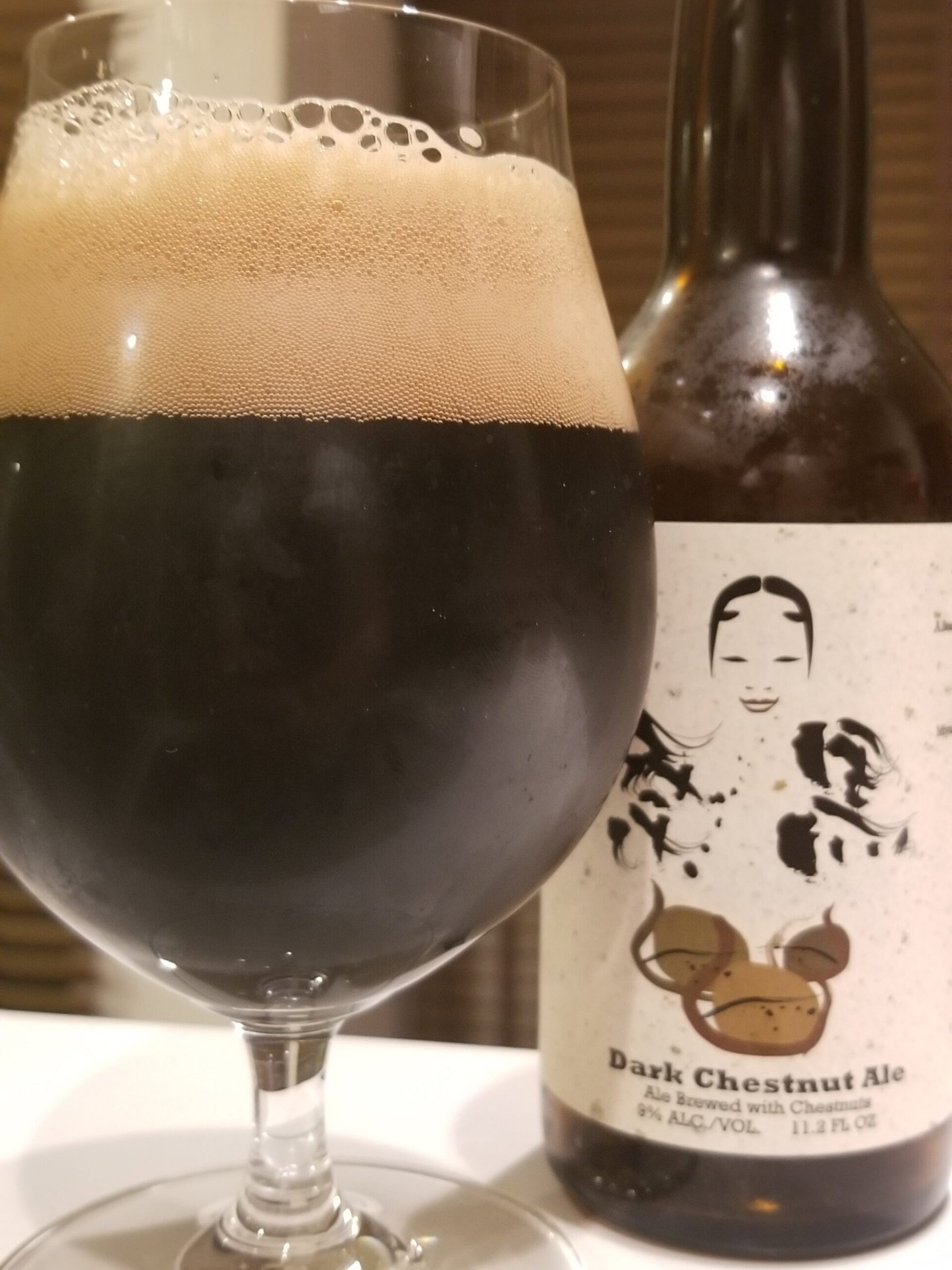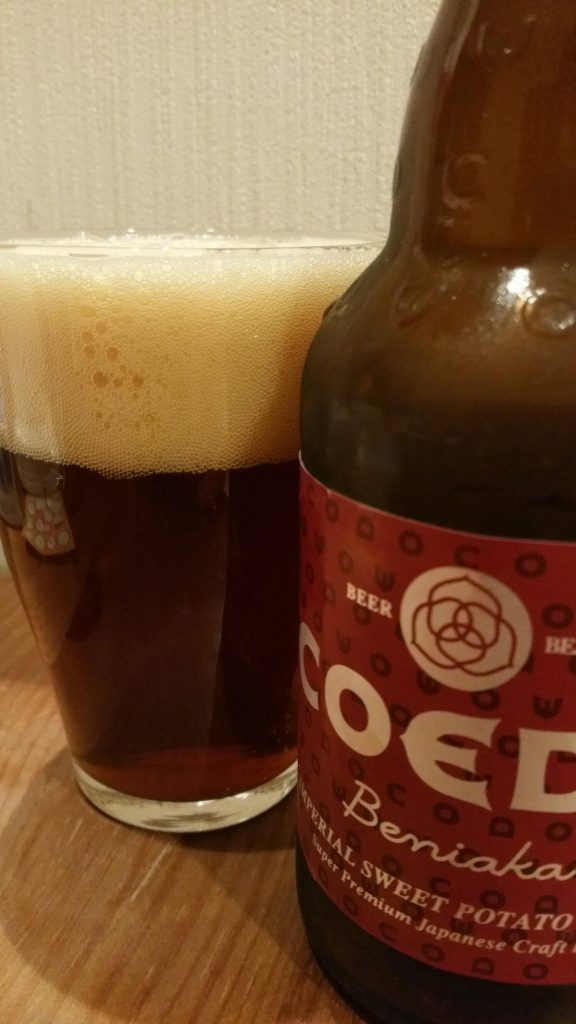Seasonality plays a big part in Japanese cuisine, with families and restaurants alike cooking dishes throughout the year that depend on the ingredients that are in season at the time of preparation. The word shun (旬) is a word that relates to the the time of year when certain food is at its freshest and most flavorful. Using these harvest times, produce is utilised at its peak freshness, reducing waste and transportation costs. Of course, there are greenhouses and imports of food throughout the year, but once the season has finished, then most families and restaurants in Japan will not serve those dishes for another 9 – 10 months.
Fruits & Vegetables Associated with Autumn
Autumn – like it’s opposite counterpart of spring, autumn is a time for viewing leaves, with this event being known as 紅葉, (kōyō), or changing of the leaves. As the luscious greens across the country begin to fade, a rustic orange and brown baths Japan in a last final hurrah before the barrenness of winter comes along. The changing of the leaves sees people rushing to various hot spots across Japan. Each year, starting in mid September, the colour change slowly moves southwards from the northern island of Hokkaido until it reaches the lower elevations of central and southern Japan around late November. Some trees around Tokyo and Kyoto remain colorful into December. There are many fruits and vegetables associated with autumn in Japan, so let’s take a look:
Chestnuts
Chestnuts, known as kuri (栗), begin to appear in autumn desserts and cakes, often taking the French word marron in place of it. These desserts sell out quickly, and heavily use domestic chestnuts, which tend to be larger than their Western versions. The domestic chestnuts are boiled in salted water, rather than roasted, and its preparation, kuri is soft and fleshy with a sweet and nutty flavor.
Pumpkin
Pumpkins, known as kabocha (かぼちゃ) can be found throughout the year in Japan, but like in western countries, the begin to become popular from September onwards. It’s a type of winter squash with tough green skin and orange flesh. They are typically sold whole, or in halves, quarters and slices. It’s a very versatile ingredient, and can be found in a plethora of Japanese dishes, such as tempura and houtou – a delicious hot pot dish from the area of Yamanashi.
Sweet Potato
Known as “satsumaimo” (サツマイモ, potato of Satsuma Province) in Japanese, sweet potatoes are a common sight in autumn. Street vendors may roam around the area in a small pickup truck, with a chime or song being played to encourage people to come outside to buy them. The vendors sell baked “yaki-imo” whole in bags, and sweet potatoes are also ingredients in both sweet and savoury cooking.
Apples
Perhaps the most commonly known and loved autumn fruit, apples, known as ringo (林檎) in Japan are harvested between the months of September and December. Over 2,000 varieties of apples are grown in Japan, with the biggest apple growing regions being Aomori, Nagano, and Iwate prefectures, which are located in the cooler mountainous regions. In addtion, Aomori prefecture grows half of the apples grown domestically.
Persimmons
Persimmons were introduced into Japan from China during the 7th century nd are grown across the country, except in the northern island of Hokkaido and southern islands of Okinawa due to their extreme temperatures in summer / winter. Persmimons, known as kaki (柿) also share the same pronunciation as oysters, so make sure you don’t pick up those instead. There are two main eating varieties; the sweet and soft Fuyu (富有) and the sweet and crunchy Jiro (次郎)
Beers to Try
While this is not an extensive list, these are some of the beers that use the above fruits, and sometimes more, to their best effect.
Hideji Kuri Kuro / Dark Chestnut Ale
Hideji Kuri Kuro is an imperial stoutrbeer for export developed by Hideji Beer as part of the “Miyazaki Agricultural Support Project” using chestnuts from Miyazaki Prefecture. The brewing ingredients are roasted barley, which is dried at high temperatures and charred until it is black, and chestnut paste produced in the prefecture.

Baeren Pumpkin Ale
Baeren Pumpkin Wheat is a 5% spiced beer from Baeren, based in Morioka, Japan. It’s part of their annual autumnal release, with them producing a different pumpkin beer each year. Baeren Pumpkin Wheat with 3 Spices, to give it its proper name, is brewed using coriander, orange peel, and allspice, while the pumpkins, known as kabocha in Japanese, are locally sourced.

Minamishinshu Apple Hop
A sparkling beer made with apples from Shinshu Ina Valley. A fruit beer that harmonizes the takes the sweetness and acidity of Ina Valley apples with the aroma of hops. By changing the apple juice used for each brewing lot, it’s possible to get a variety of flavor characteristics from each apple variety.

Coedo Beniaka
Coedo Beniaka had a full on upheaval in terms of recipes in 2015 with it undergoing some major cosmetic changes both in the recipe and also on the bottle. It went from a lager yeast style production of being top fermented, to an ale yeast bottom fermented beer.
It’s brewed using locally sourced sweet potatoes from the Saitama area, known as Kintoki sweet potato from Bushu Koedo Kawagoe.
